Lamb's Quarters: My new favorite vegetable (or weed)
robinkateb
15 years ago
Featured Answer
Sort by:Oldest
Comments (23)
jimster
15 years agolast modified: 9 years agorobinkateb
15 years agolast modified: 9 years agoRelated Discussions
eating pigweed & lambs quarter
Comments (8)I copied a webpage on pigweed. My daughter had an asian friend who said that her family ate the tender tips all the time. Just be cautious with some of these plant varieties. 33. REDROOT PIGWEED Amaranthus retroflexus (pigweed family) TOXICITY RATING: High. The plant is quite common and very toxic. ANIMALS AFFECTED: Cattle and swine are the animals most likely to be affected; goats and sheep can also be poisoned. DANGEROUS PARTS OF PLANT: Leaves, stems, roots. CLASS OF SIGNS: Breathing problems, trembling, weakness, abortions, coma, death. PLANT DESCRIPTION: Redroot pigweed (fig. 33) is a large (to 5 feet tall), coarse, annual with red stems and simple, egg-shaped, wavy-margined, alternate leaves. The green, inconspicuous flowers are borne in short, compact clusters along with green spines. Seeds are small, shiny, and black. Fields, barnyards, and waste areas are the favorite habitats of this weed. SIGNS: Pigweed contains a nephrotoxin that causes kidney failure, and also contains soluble oxalates and is capable of accumulating nitrates. Therefore, toxicity can be due to any combination of these toxicoses. Animals need to consume pigweed in fairly significant quantities over several days before signs appear. Typically, onset of signs is 3 to 7 days from the onset of ingestion. Animals will usually avoid pigweed if there are better forages available. Common incidences of poisonings have occurred when swine have been raised in confinement and are then turned out into a pigweed-infested pasture in the late summer to early fall. Under these circumstances, the swine consume large amounts of the plant quickly, with 5-90% of the animals becoming affected, with 75% or greater mortality among the affected animals. Modern management practices have largely eliminated this type of poisoning, but it can still occur. In cattle, pigweed toxicosis resembles oak toxicosis. In affected animals, early signs include weakness, trembling and incoordination. This progresses to an inability to stand and paralysis, yet the animals may still be alert and able to eat. Near the end of the clinical course, the affected animals may go into a coma, and have edema under the skin of the abdomen and the legs, have a bloated abdomen, and die. The course of the disease is approximately 48 hours and is primarily consistent with kidney failure. Cases where animals consume smaller amounts of plants over long time periods have not been well studied, but this is also believed to cause toxicology problems. Treatment with herbicides may render pigweed even more palatable, therefore make sure all treated plants are dead prior to introducing animals. FIRST AID: If pigweed is being rapidly consumed, limit further access and ingestion of the plants. A veterinarian will be able to provide supportive care for the different toxicants contained in pigweed, but the animals may still succumb to the nitrates, soluble oxalates or the kidney toxin. SAFETY IN PREPARED FEEDS: Pigweed is not safe in hay or other prepared feeds. PREVENTION: To prevent pigweed poisoning, do not allow animals to have access to affected pastures, especially if the animals are hungry. Spray or mow plants down, making sure they are dead before animals are on pasture. Provide for supplemental feed if pasture quality is poor, since well-fed animals are less likely to consume pigweed....See MoreLambs quarters for dinner
Comments (15)We eat every dandelion and purslane that shows up anywhere in the flowerbeds or veggie garden. The lamb quarters are pretty decent eating, but like the OP says, you have to prepare them with some care. Purslane is good eating out of hand in the garden, and excellent in salads. Dandelion is so good for me healthwise that I put up with the hard stems and even look for it in shady spots after those in the sun have flowered. The other things I like are nettles, though there aren't any here (I considered planting them), a superior potherb (do not eat them raw, they sting badly, pick with gloves), grape shoots (to mix in salads with dandelions in April), of course I only pick the wild ones, and the wild chicories that I planted once in my lawn from a Territorial Seeds selection, and have naturalized over time. Corn salad and arugula also have naturalized around the vegetable garden. It's good to get early, nutritious free meals....See MoreDense weed in Wis. vegetable garden
Comments (3)That kind of looks a bit similar to Verbascum, Mullien, a biennual that grows what you have the first year and a very tall flower stalk the second. I keep them under control by mowing....See MoreFavorite weeds?
Comments (107)that blueweed looks like bugloss we have around here. I think they are pretty. the ones I saw were growing next to the railroad tracks. I don't understand why people spend so much money putting chemicals down to get rid of moles, voles, weeds and such. I mean they spend all this time and money to get a lush green lawn only to have to mow it constantly because they fertilized it to death. I mean what is up with that? don't people realize that by eradicating these things they are throwing everything out of balance and wonders of wonders they wonder why their grass is dying when there is a mild drought. And of course by killing off the beneficial insects and rodents they have to extra treat for pests on their lawns, and of course these are toxic and cause all kinds of health problems and enviromental damage you don't directly see, and in fact they found that many people were getting sick from pesticides which they didn't attribute to the pesticides until all other things were ruled out. I have dandelions, our bees just love them, we have violets growing in the lower pastere, of course I wish they didn't take up so much space away from grass. I like sweet joy pye weed, and all the goldenrods, and I love those ironweeds, and honeysuckles which grow in the woods. They smell wonderfully all summer long. I like the fact that my grass doesn't have disease or pests problems or problems when we have the occassional drought, while everyone is watering like crazy when it doesn't rain for a while I don't have to everything keeps growing all I have to do is mow occassionally. I have moles voles bugs galore and yet no problems that I know of or can see. the little voles are cute, I used to have horses and I put the manure in the corner of my pasture, and they took up a home under the pile after it aged awhile, and when I went to dig up some to put on the garden, there must been a hundred that came from under the pile. they ran every which way. I have moles too as I can tell by the raised parts, but that is no problem when I mow it flattens those spots. there are few weeds I don't like, even poisen ivy is not a problem as I seldom react to it and when I do I do so only very mildly. I love virgina creeper for it's leaves and how it changes to red in the fall and how it tally's up the trees and is red while the trees are still green, quite beautiful. they also hide the ugly posts that line the pasture. Anyway weed I would love to have around is the queen of the prairie it is quite spectacular, and of course I would love the giant reed type grasses I see growing around here they grow more than 10 feet. I feel like I am walking in a jungle. RR...See Moretrixietx
15 years agolast modified: 9 years agoTerri_PacNW
15 years agolast modified: 9 years agoDaisyduckworth
15 years agolast modified: 9 years agostacy3
15 years agolast modified: 9 years agoUser
15 years agolast modified: 9 years agojimster
15 years agolast modified: 9 years agoannie1992
15 years agolast modified: 9 years agoUser
15 years agolast modified: 9 years agotrixietx
15 years agolast modified: 9 years agojimster
15 years agolast modified: 9 years agorobinkateb
15 years agolast modified: 9 years agoUser
15 years agolast modified: 9 years agojimster
15 years agolast modified: 9 years agoannie1992
15 years agolast modified: 9 years agomarys1000
15 years agolast modified: 9 years agoDaisyduckworth
15 years agolast modified: 9 years agotrixietx
15 years agolast modified: 9 years agolpinkmountain
15 years agolast modified: 9 years agorobinkateb
15 years agolast modified: 9 years agojimster
15 years agolast modified: 9 years ago
Related Stories
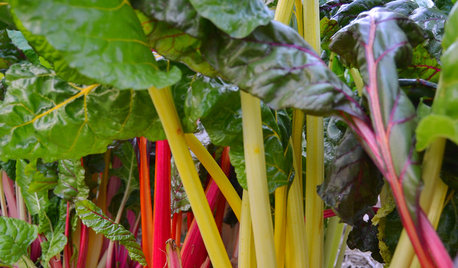
GARDENING GUIDESCool-Season Vegetables: How to Grow Chard
A year-round garden favorite with a colorful stem, Swiss chard comes into its own in early spring and in fall
Full Story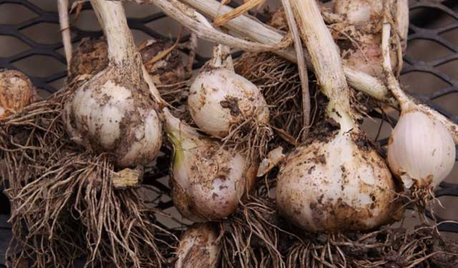
COOL-SEASON CROPSCool-Season Vegetables: How to Grow Garlic
Beloved in a wide range of dishes the world over, garlic thrives in a fall garden and is easy to grow
Full Story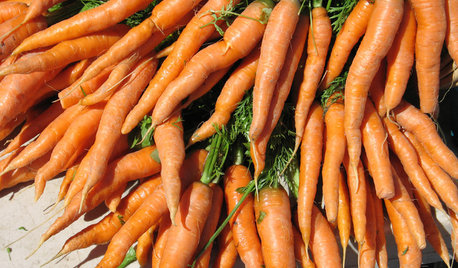
COOL-SEASON CROPSCool-Season Vegetables: How to Grow Carrots
More than just a bunny food, easy-to-grow carrots add lacy good looks to a fall or spring garden
Full Story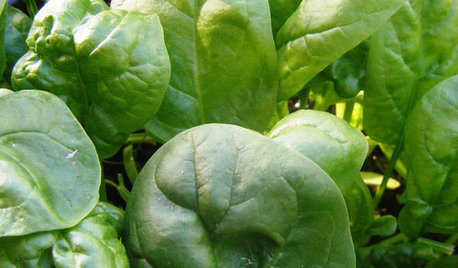
COOL-SEASON CROPSCool-Season Vegetables: How to Grow Spinach
Chock-full of antioxidants and iron, spinach is a nutrient-rich addition to your fall or spring garden
Full Story
MATERIALSWoodipedia: Walnut Wows in Traditional and Modern Settings
With its rich color and lustrous polished finish, walnut is a favorite wood for all kinds of millwork
Full Story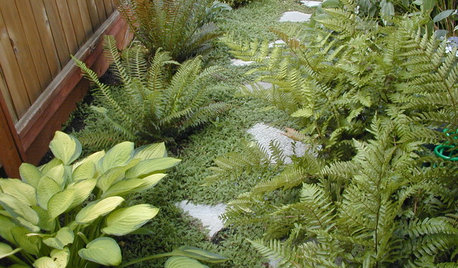
LANDSCAPE DESIGN6 Great Ways With Garden Ground Covers
Use them as problem solvers, weed killers, color and texture providers ... ground cover plants have both practical and visual appeal
Full Story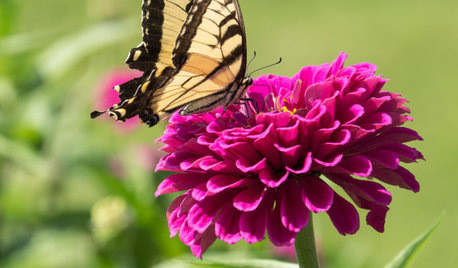
GARDENING GUIDES20 Favorite Flowers for Butterflies and Bouquets
Discover perennials and annuals that do double duty as butterfly magnets and versatile cut flowers
Full Story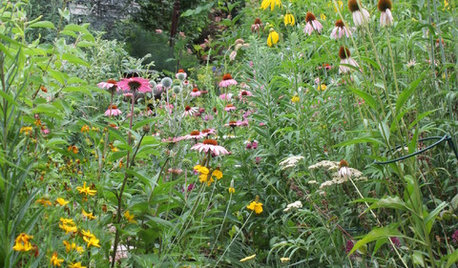
GARDENING FOR BUTTERFLIES3 Ways Native Plants Make Gardening So Much Better
You probably know about the lower maintenance. But native plants' other benefits go far beyond a little less watering and weeding
Full Story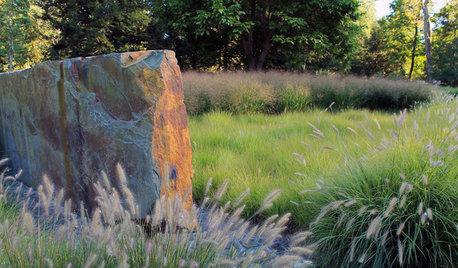
EARTH DAYThe Case for Losing the Traditional Lawn
Work less, help the environment and foster connections by just saying no to typical turf
Full Story


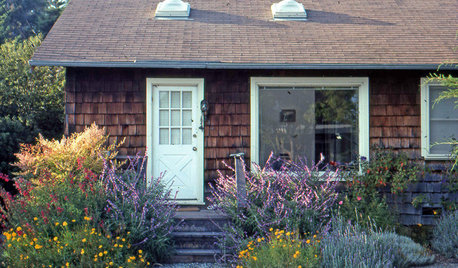
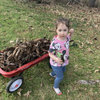
sally2_gw